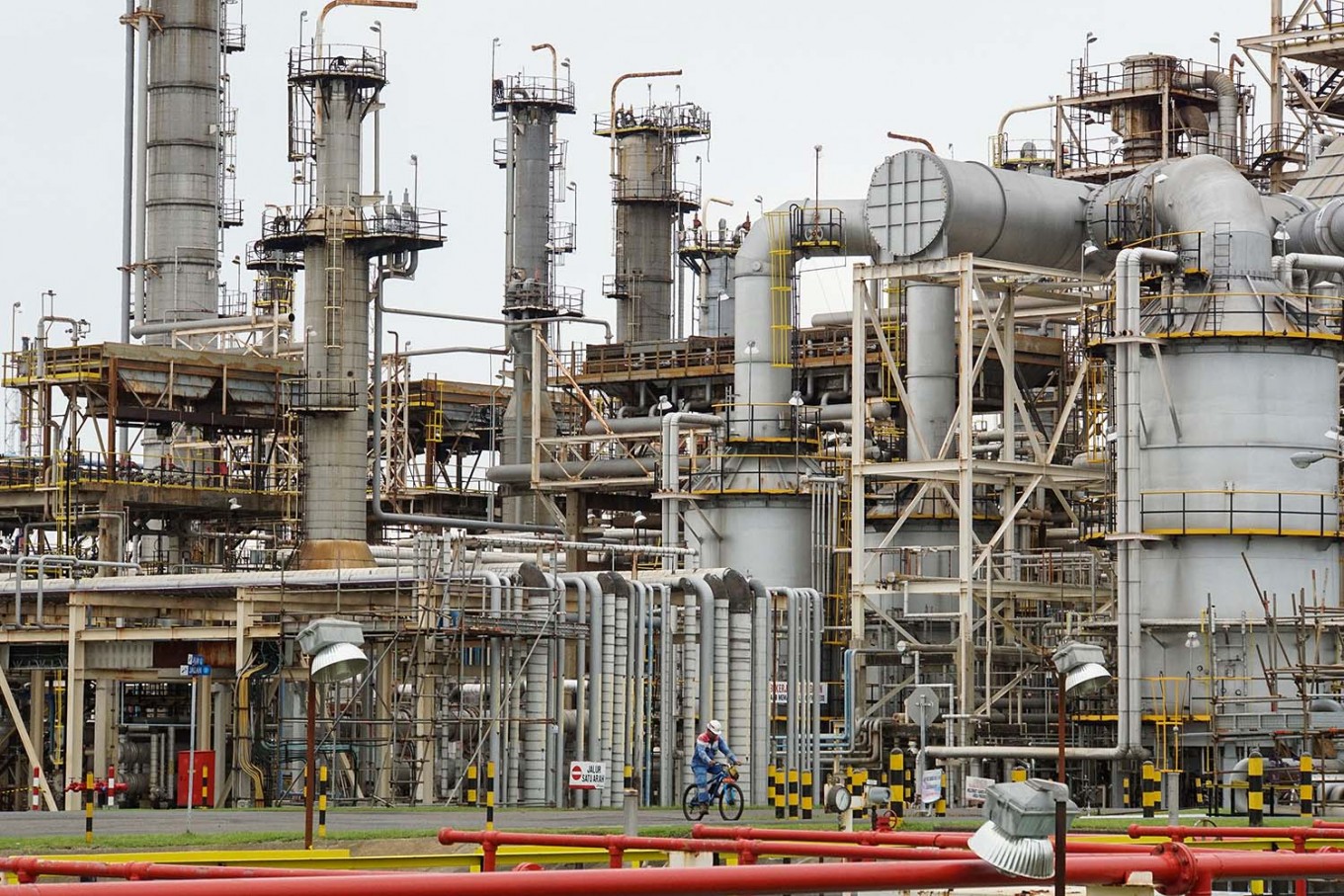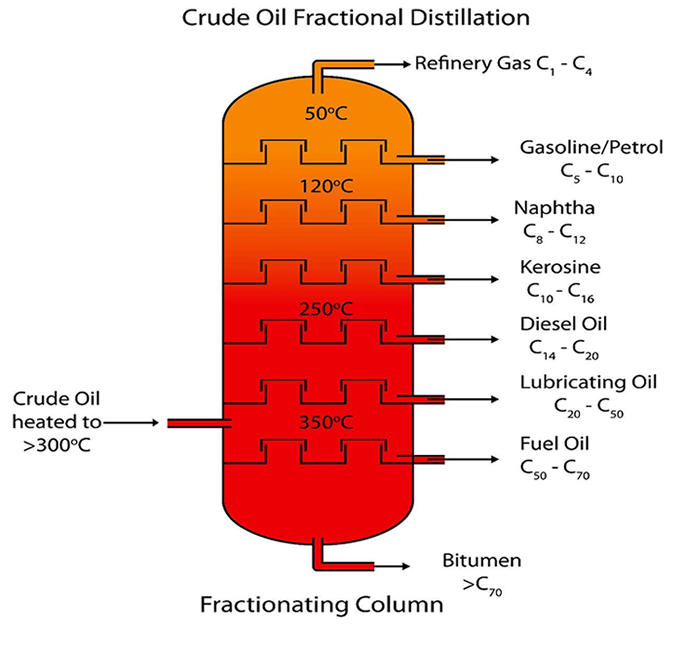
Engine oil is widely used in mechanical, chemical and other fields. Oil is often discarded when it is mixed with various impurities such as water, organic matter, pigment and dust. How can we recycle and reuse these waste oils that are mixed with various impurities?
- According to the principle that oil and water are indissolvable and the boiling point of water is lower than that of oil, the water can be removed by heating and static separation. Organic substances are removed by oxidation of concentrated H2SO4, pigments are absorbed by activated clay, and mechanical impurities are removed by filtration. Thus the purpose of oil regeneration can be achieved.
- The process of oil regeneration usually involves five steps.
- Dewatering: After collecting waste oil into the oil collector to dewatering, put it in the oil refining pan, heat it up to 70-80 C, then stop heating, let it stand for about 24 hours, drain the surface of the water, and then slowly rise to 120 C (when the oil temperature is close to 100 C, to slow heating, prevent oil boiling overflow), so that water evaporation, about two times Hours, the oil does not turn over, the oil surface comes out black oil and gas. 2. acid washing: When the oil is cooled to normal temperature, sulfuric acid is added slowly (the concentration is about 92-98%) under agitation. The amount of acid used is generally 5-7% of the oil (depending on the degree of oil fouling). After adding the acid, continue stirring for half an hour, then stand for about 12 hours to drain the acid residue. 3. Alkali washing: the pickled oil will be re-heated to 80 degrees Celsius, in the stirring under the addition of soda ash (Na2CO3), fully stirred evenly, let it stand for 1 hour, and then test paper for neutrality, and then stand for more than 4 hours, the alkali residue will be exhausted. 4. Adsorption of activated clay: the oil was heated to 120-140 C, activated clay was added under constant temperature and stirring (the amount of active clay was about 3.5%). After adding activated clay, stirring continued for half an hour, at 110-120 C for one night, the next day hot filtration.5. filtration: oil filter can be used for filtering, and qualified oil can be obtained after filtration. If there is no oil filter, the bag filter can also be used. The above is the general operation process of purifying the oil, but it should be determined according to the actual situation. If there is little impurity water, the first step can be omitted; if the color of oil is normal after acid-alkali treatment, it is not necessary to use activated clay decolorization adsorption.

